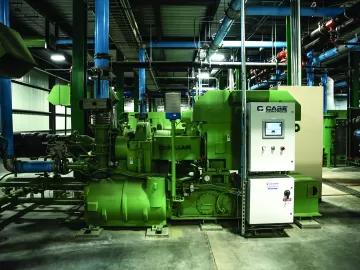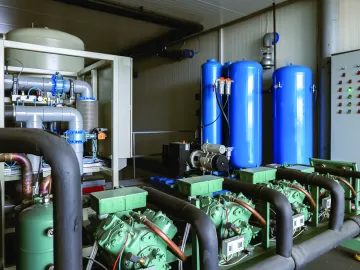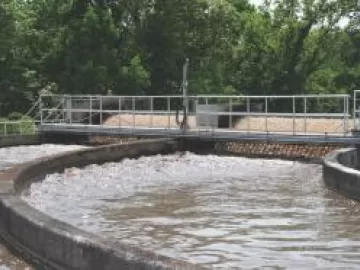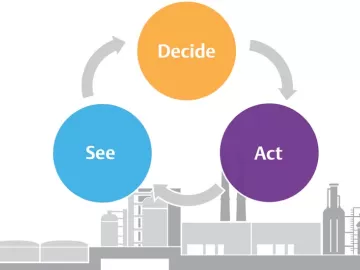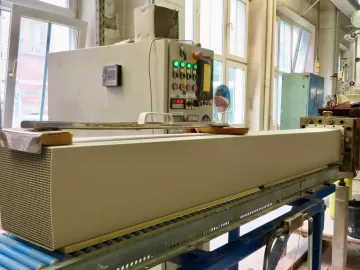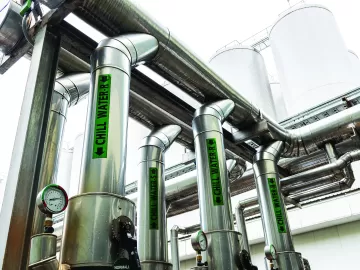Pneumatic System Assessments Save Energy
When it comes to conserving energy in compressed air nothing is sexier than a big, old, oil-free 300 horsepower variable speed drive air compressor coupled with a heat of compression dryer tied to an energy management system with all the trimmings. If you’re like me, it’s hard not to let out a manly grunt after reading that sentence.


